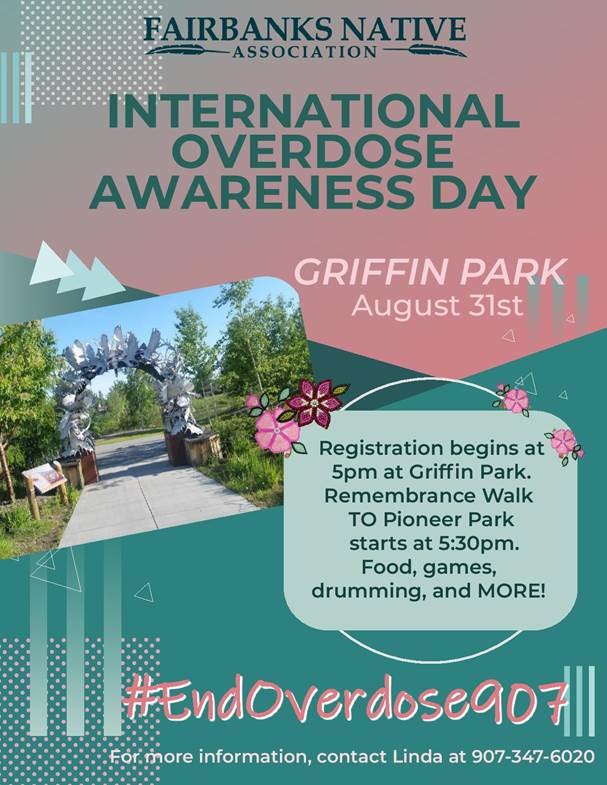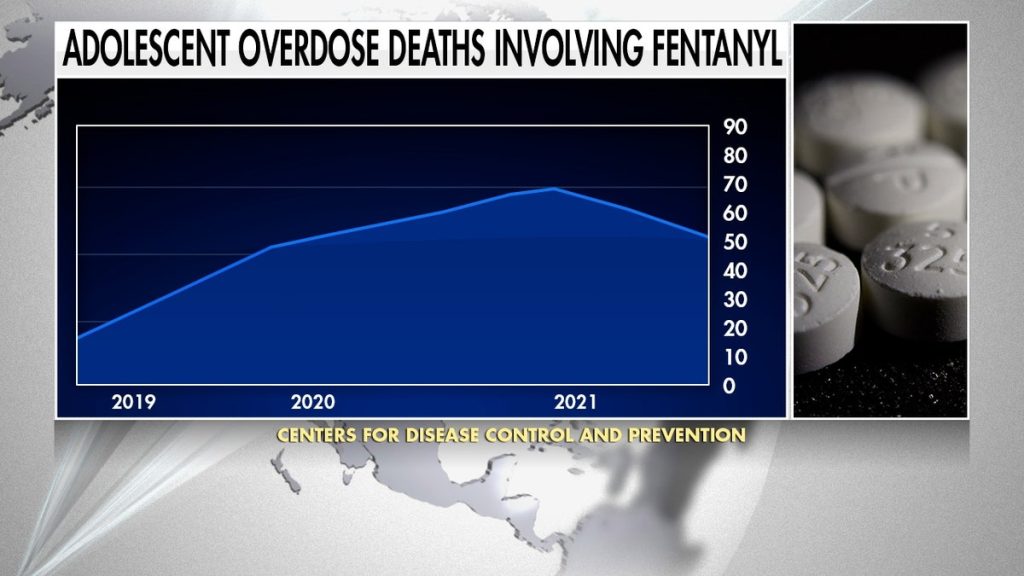In recent years, the issue of drug overdoses has become a growing concern across the United States, with Fullerton, California, being no exception. As communities grapple with the rising tide of substance abuse, understanding the trends, prevention strategies, and community responses to drug overdoses becomes essential. This article explores the current state of drug use in Fullerton, the factors contributing to overdoses, and the initiatives being taken to address this public health crisis.

Understanding the Scope of the Problem

The Rising Tide of Drug Use in Fullerton
Drug use in Fullerton has seen a troubling increase, particularly involving opioids like fentanyl. According to recent data from the ToxIC Fentalog Study Group, synthetic opioids have become increasingly prevalent in emergency rooms across the U.S., with fentanyl being the most commonly detected drug. In cities like Portland, Oregon, fentanyl was found in 100% of tested cases, while in Pittsburgh, Pennsylvania, it was detected in 88% of cases. These statistics underscore the urgent need for awareness and intervention in areas like Fullerton.
The Role of Polydrug Use
The study also highlighted the prevalence of polydrug use, where individuals combine multiple substances, often leading to more severe outcomes. In some cities, xylazine—a veterinary sedative—was found alongside fentanyl, adding another layer of complexity to the overdose crisis. The presence of novel psychoactive substances (NPS) such as Clonazolam and Flualprazolam further complicates the situation, making it difficult for healthcare providers to anticipate and treat overdoses effectively.
Factors Contributing to Overdose Risks
Academic Pressure and Substance Abuse
In the context of Fullerton, it’s important to consider the unique challenges faced by students. College students, particularly those at institutions like UC Irvine and Cal State Fullerton, often experience significant academic pressure, which can lead to substance abuse. Students may turn to stimulants like Adderall or alcohol to cope with stress, creating a cycle that can lead to dependency and, ultimately, overdose.
Social and Environmental Influences
Social dynamics and environmental factors play a crucial role in drug use. Peer pressure, the desire to fit in, and the normalization of substance use in social settings can contribute to increased drug consumption. In Fullerton, where many students are navigating the transition from high school to college, these influences can be particularly potent.
Preventive Measures and Community Responses
Education and Awareness Campaigns
Prevention efforts in Fullerton have focused on education and awareness campaigns aimed at reducing the stigma surrounding drug use and encouraging open conversations about substance abuse. Local organizations and schools have implemented programs that educate students about the risks of drug use and promote healthy coping mechanisms.
Access to Treatment and Support Services
Access to treatment and support services is vital in addressing the opioid crisis. In Fullerton, various treatment centers offer specialized programs tailored to the needs of students and young adults. These programs emphasize the importance of early intervention and provide resources for those struggling with addiction. For example, Broadway Treatment Center offers outpatient programs that accommodate academic schedules, ensuring that students can receive the help they need without compromising their education.
Collaboration Between Institutions and Healthcare Providers
Collaboration between educational institutions and healthcare providers is essential in developing effective strategies to combat drug overdoses. By working together, schools and clinics can create comprehensive support systems that address both the academic and health needs of students. This includes providing access to counseling services, mental health resources, and peer support groups.
The Importance of Community Engagement
Involving Families and Local Leaders
Community engagement is a cornerstone of effective overdose prevention. Involving families and local leaders in discussions about drug use and its consequences can foster a supportive environment for those in need. Parents play a crucial role in supporting their children through addiction recovery, and it’s important to distinguish between helpful support and enabling behaviors.
Creating Safe Spaces for Recovery
Creating safe spaces for recovery is another key aspect of community response. Many campuses now offer sober social activities, outdoor recreation programs, and interest-based clubs that provide alternatives to party-focused social activities. These initiatives help students build new social networks that support sobriety while still allowing them to enjoy campus life.
Conclusion
The issue of drug overdoses in Fullerton is a complex and pressing challenge that requires a multifaceted approach. By understanding the trends, recognizing the factors that contribute to overdose risks, and implementing preventive measures, communities can work towards a healthier future. Through education, access to treatment, and strong community engagement, it’s possible to make a meaningful impact in the fight against substance abuse.
For those seeking help, it’s important to remember that recovery is not only possible but also a courageous step toward protecting one’s future. With the right support and resources, individuals can overcome addiction and achieve their goals. If you or someone you know is struggling with substance abuse, reaching out to local treatment centers and support groups can be the first step toward a brighter, healthier tomorrow.












More Stories
US Trending News: The History and Legacy of Zoo York in Streetwear Culture
What Is Yodo Para Tiroides and How Does It Affect Thyroid Health?
Understanding ‘You Got That Right’ in The New York Times: Context and Implications